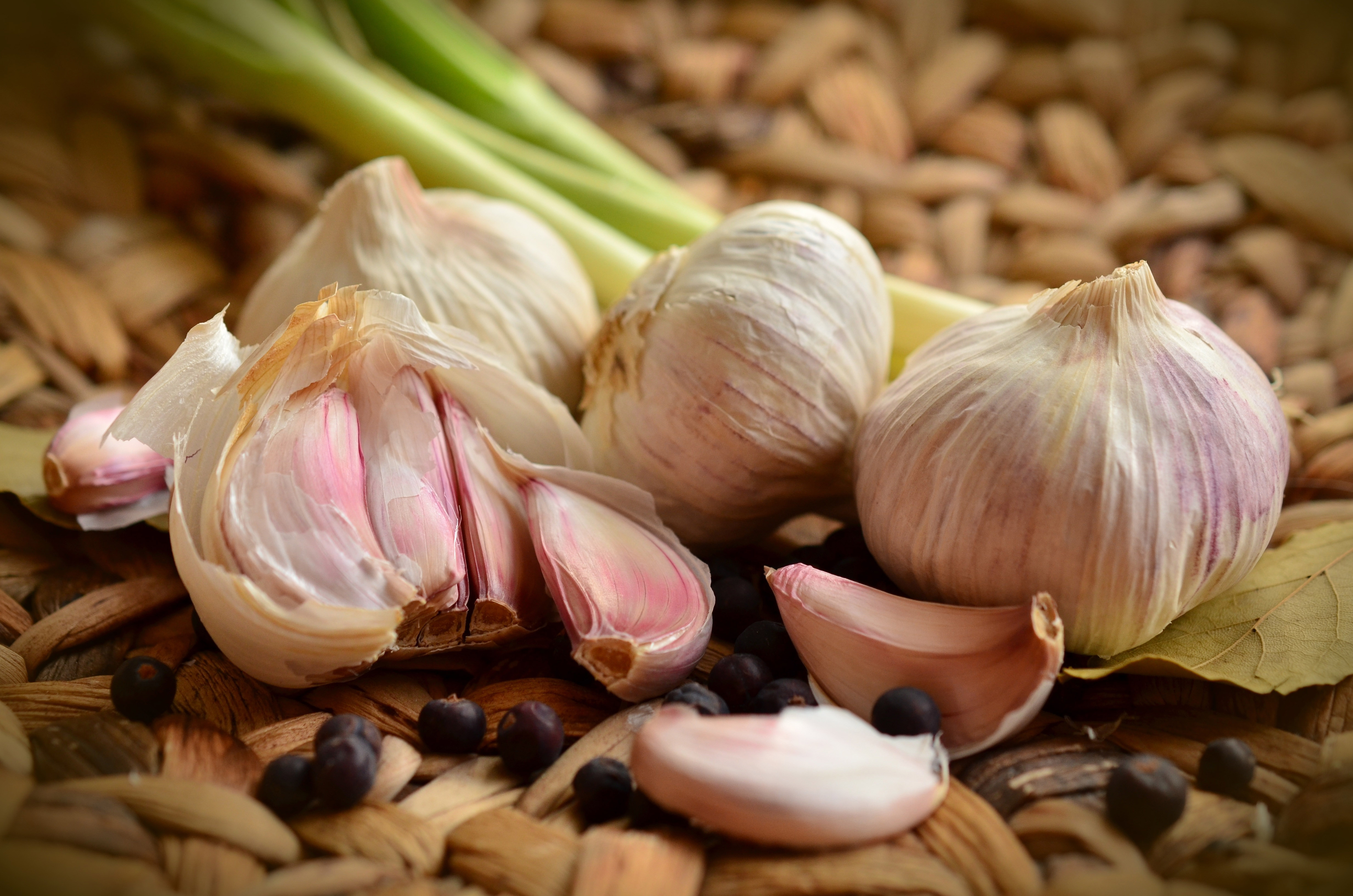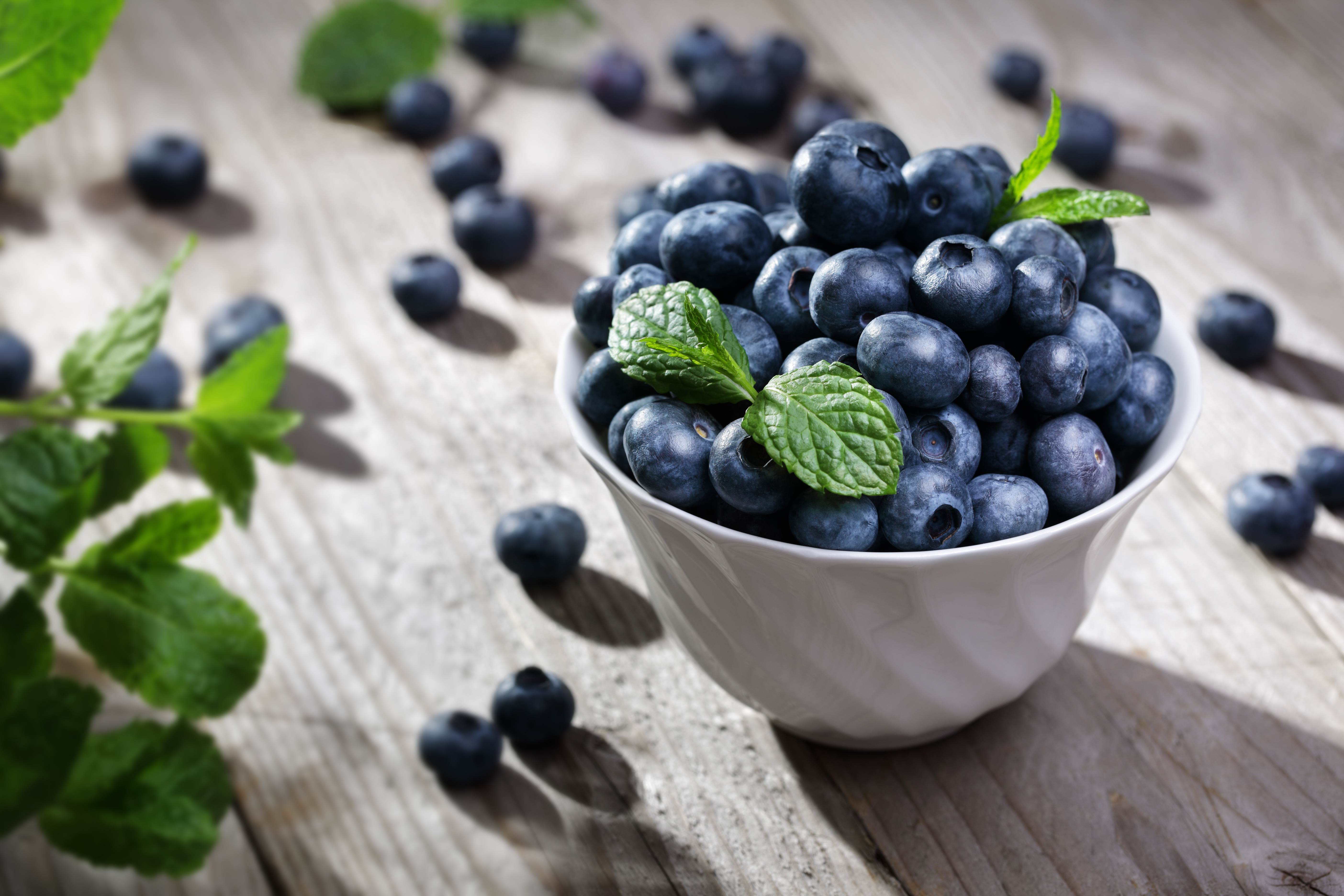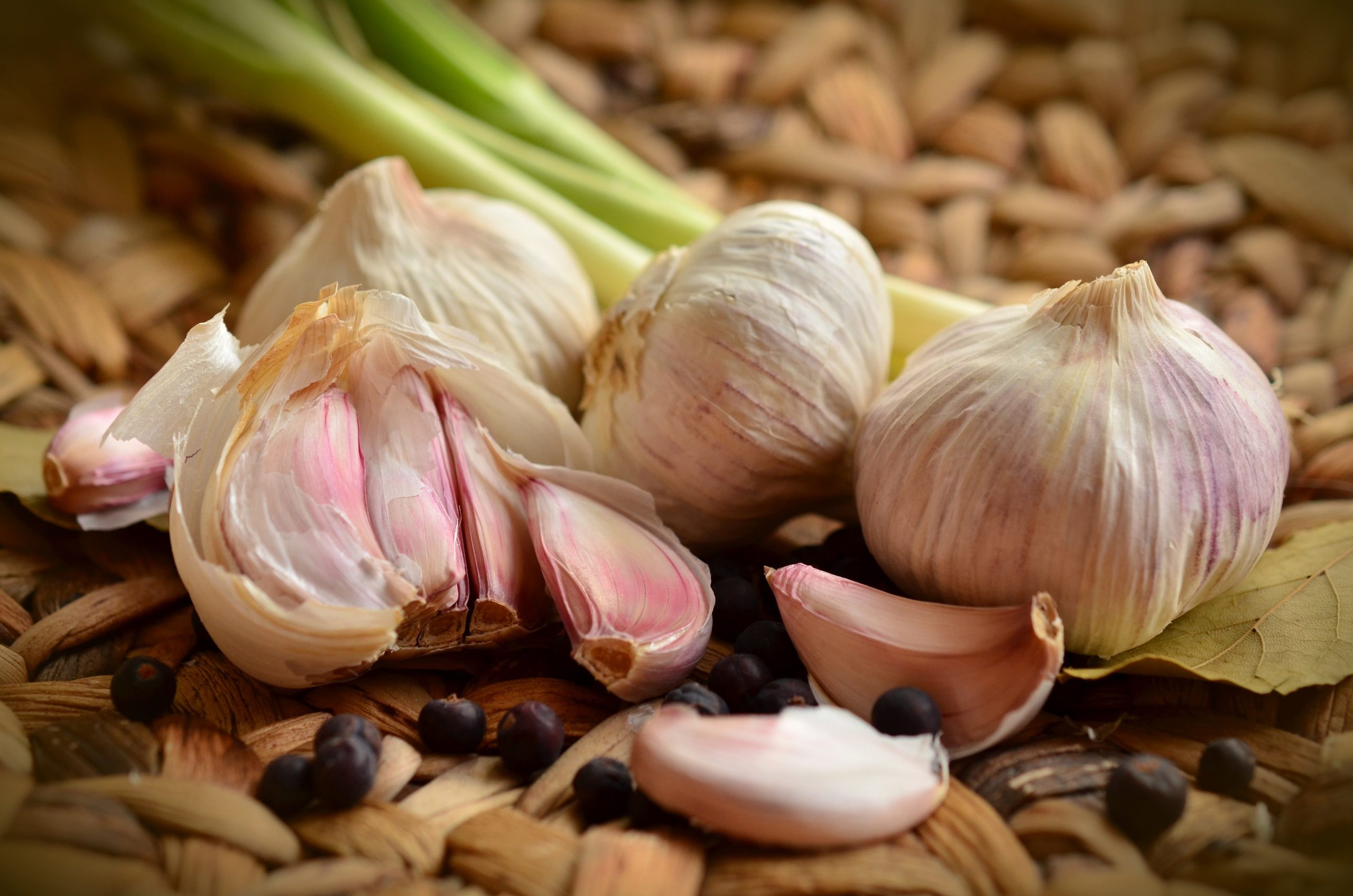The flu season started early this year with the arrival of Covid-19, which has had an unprecedented impact on the whole world. With still no cure in sight for the common cold, our best line of defence is prevention.
Gardening is your secret weapon. Did you know that you can grow your own powerful medicine? Sustainable living has never been more important, so let’s transform gardening from just a hobby to a flourishing lifestyle choice.
Here’s why and how you can grow your own natural remedies and assemble yourself a little home-grown first aid kit:
Garlic
Classified as part of the onion genus, garlic is jam-packed with the good stuff. It has antimicrobial, antiviral and antifungal properties, which help relieve cold and flu symptoms. Garlic is high in nutrients and vitamins, especially flu-fighting Vitamin C and B6, which assist your body in recuperating faster and shortening your downtime.
Planting garlic is fairly easy; pop them in the ground about 5cm apart in a sunny spot with well-drained soil. Whether you are nursing a cold or preparing your body to fight one, a couple cloves in the garden are always recommended as part of your first aid kit.
Lemons
Growing and tending to a lemon tree teaches patience, commitment, embodying what it means to reap the fruits of your labour, and for some it even represents childhood memories and a sense of nostalgia.
This powerful medicine is loaded with Vitamin C and is rich in potassium with twice as much Vitamin C as oranges. Lemons support and strengthen the immune system in fighting off the winter nasties.
If your granny believed in drinking lemon water, either hot or cold, she’s on to something. Freshly squeezed lemon juice increases the absorption of iron, which further promotes a resilient immune system. Lemons are a great source of flavonoids – a powerful antioxidant, which improves blood circulation and lowers the risk of having a stroke.

Blueberries
Another champion choice for your natural first aid kit is the powerhouse of antioxidants – the blueberry. These delicious little morsels are packed with flavonoids that not only support your immune system but also reduce the chance of contracting upper respiratory infections – your first line of defence against colds and flues. Blueberries have a certain flavonoid called quercetin, usually found in dark blue and red fruits, which has antiviral properties.
Quercetin also helps to prevent inflammation in cells and helps to protect the upper respiratory tract. You can easily add these little virus-fighting bombs to a smoothie, or give them to kids a superfood snack. Avoid paying a pretty penny for blueberries, and instead, grow your own! They thrive in sunny spots sheltered from harsh wind, grow in beds or pots, and love rich, well-drained soil.
Ginger
If you are committed, like us, to a home-grown medicine solution, we highly recommended this ancient natural remedy, used all over the world to ease cold and flu symptoms.
Ginger is a hearty, healthy spice, loaded with nutrients and bioactive compounds that are not only healthy for your body but also beneficial for your brain. With its powerful anti-inflammatory properties, ginger is used to alleviating muscle pain and soreness due to over-exercise.
Ginger also supports the digestive system and helps to treat nausea and motion sickness. The active nutrient in fresh ginger, known as gingerol, helps to lower the risk of infections. Gingerol inhibits the growth of many types of bacteria, especially oral bacteria, and can aid in the treatment of bleeding gums, gingivitis and cold sores.
This super spice also supports the lungs and upper respiratory tract to ensure the common cold or flu symptoms are less severe, and therefore shortening your recovery time. A sure must-have as part of your medicine garden.
Sweet potatoes
This super starch is packed with fibre, vitamins and minerals. Sweet potatoes are packed with beta carotene, Vitamin A and other antioxidants responsible for aiding the immune system and supporting a healthy heart, teeth and eyes.
Sweet potatoes, especially the orange ones, aid the mucous membranes and ensure a healthy gut. This nutrient-dense, high fibre root veggie is versatile and can be added to your diet in both sweet and savoury dishes.
Sweet potatoes can be grown in a variety of soils with some home-made compost, a good sunny spot, daily watering with adequate draining, and a little patience. We love sweet potatoes as they are not only a wonderful medicine but also a delicious and versatile ingredient which health benefits for the whole family.

Red bell peppers
Another immune booster superfood for a go-to natural remedy, rich in vitamins A, C and K, is red pepper. These beauties are rich in antioxidant vitamins A and C and help to prevent cell damage, cancer, and support the immune function. Vitamin K promotes proper blood clotting, strengthens bones, and helps protect cells from oxidative damage.
They are packed with carotenoids Lycopene and Beta-cryptoxanthin, which have cancer-fighting properties
especially prostate, bladder, cervix, pancreas and lung cancer. When planting red peppers, loosen the soil deeply and mix in fertiliser, manure or compost thoroughly. They will start bearing fruit about 11 weeks after planting – not a long time at all for such a sweet superfood.
The pharmacy is not the only source of medicine out there. Humanity has been blessed by abundance from Mother Nature and all of her natural medicines, remedies, superfoods, and overall nutrition! By adding more herbs, veggies and fruit to your diet, you can help build your body’s natural defences against viruses and bacteria to keep you flu fit this winter.
There’s no better time or reason than now to equip yourself and your family with a constant, easily accessible, and home-grown first aid kit.
For more home grown gardening recipes or gardening inspiration visit the Life is a Garden website www.lifeisiagarden.co.za or join the conversation on Facebook #lifeisagarden



